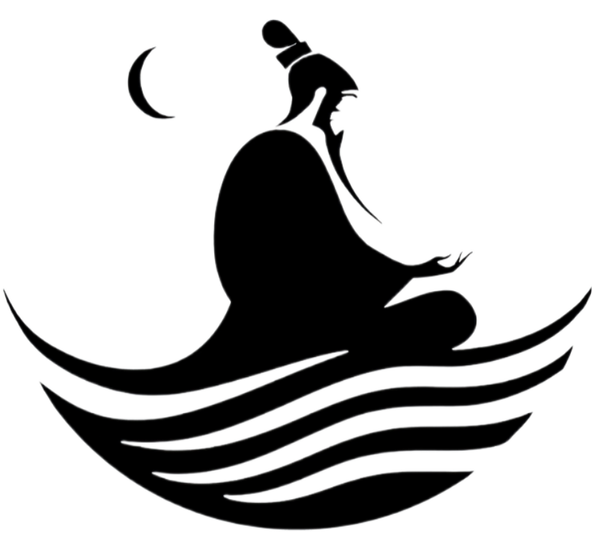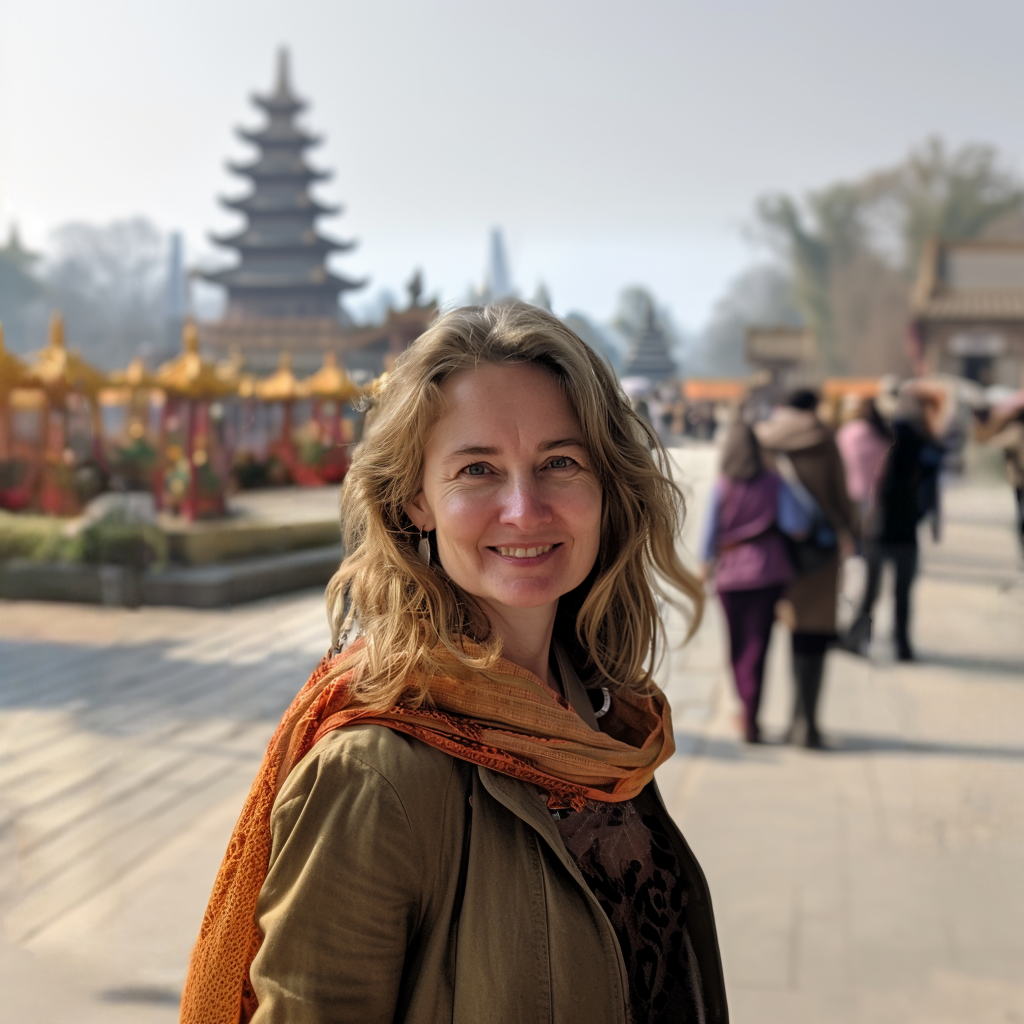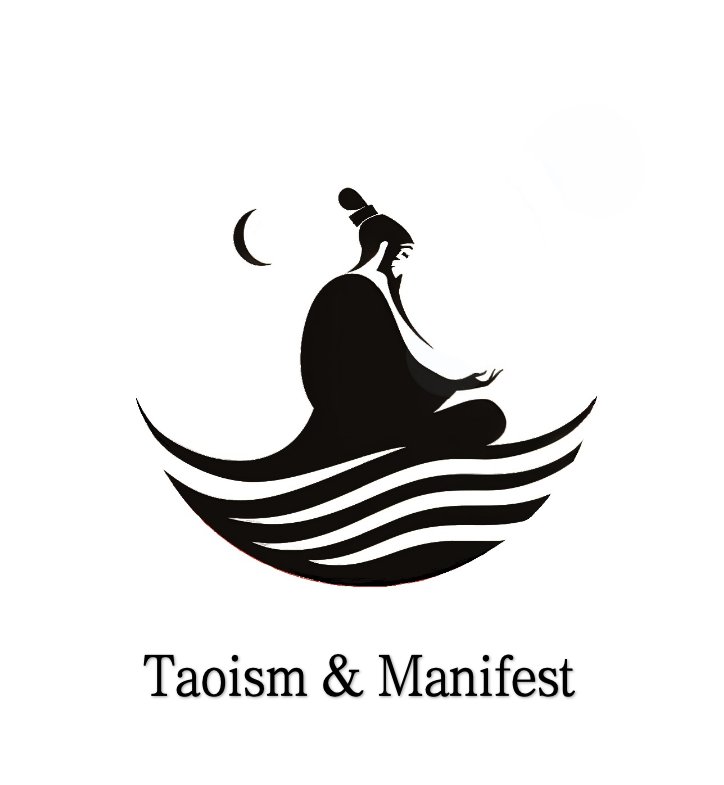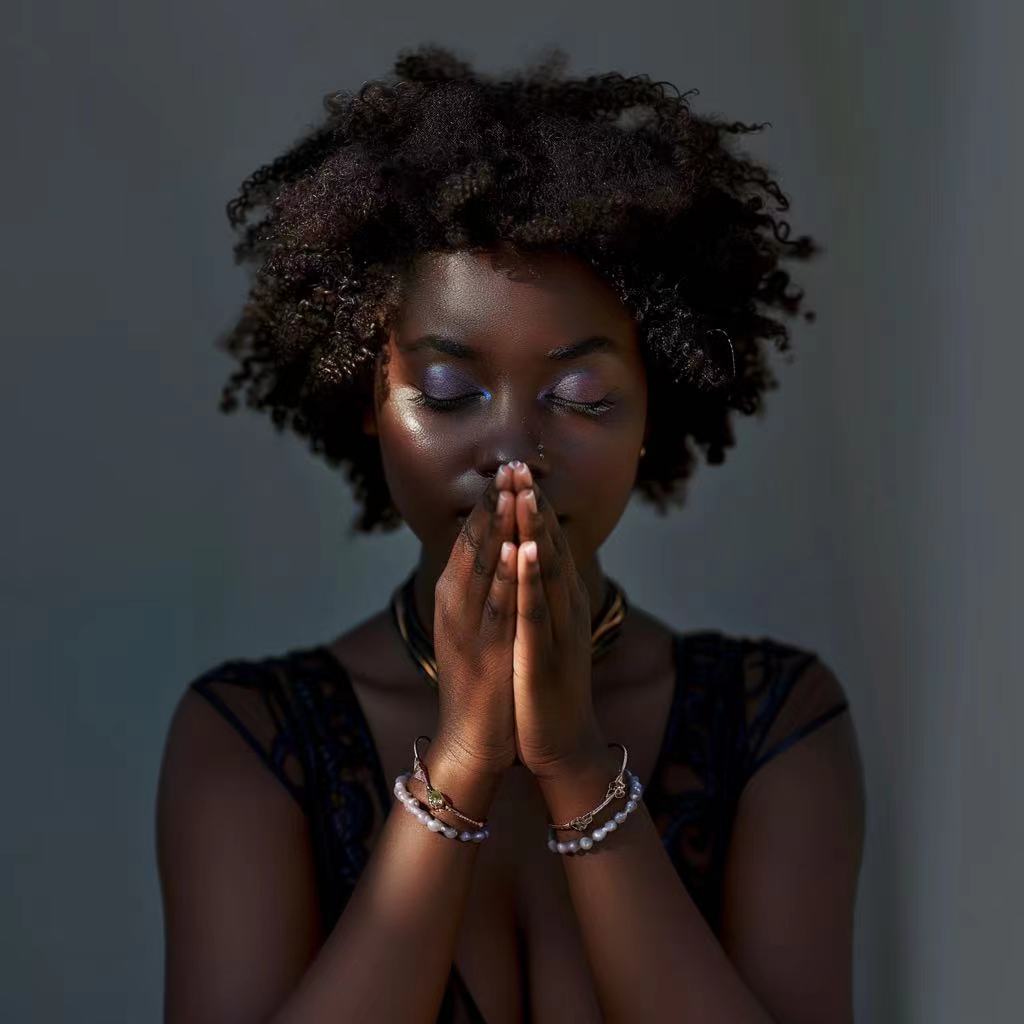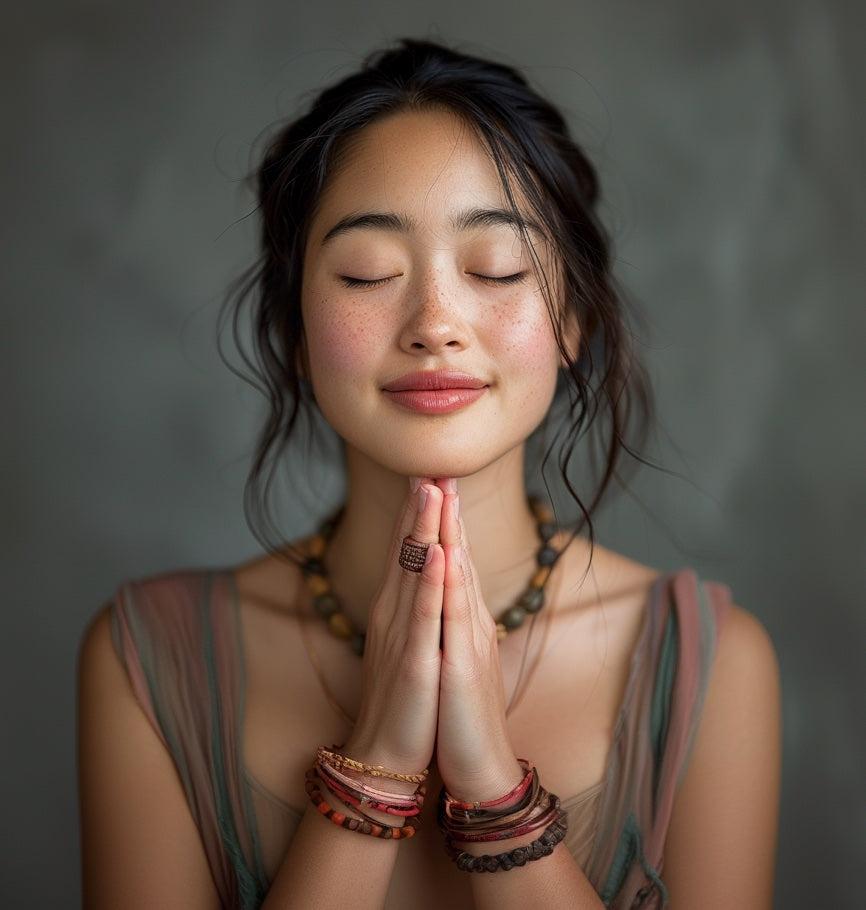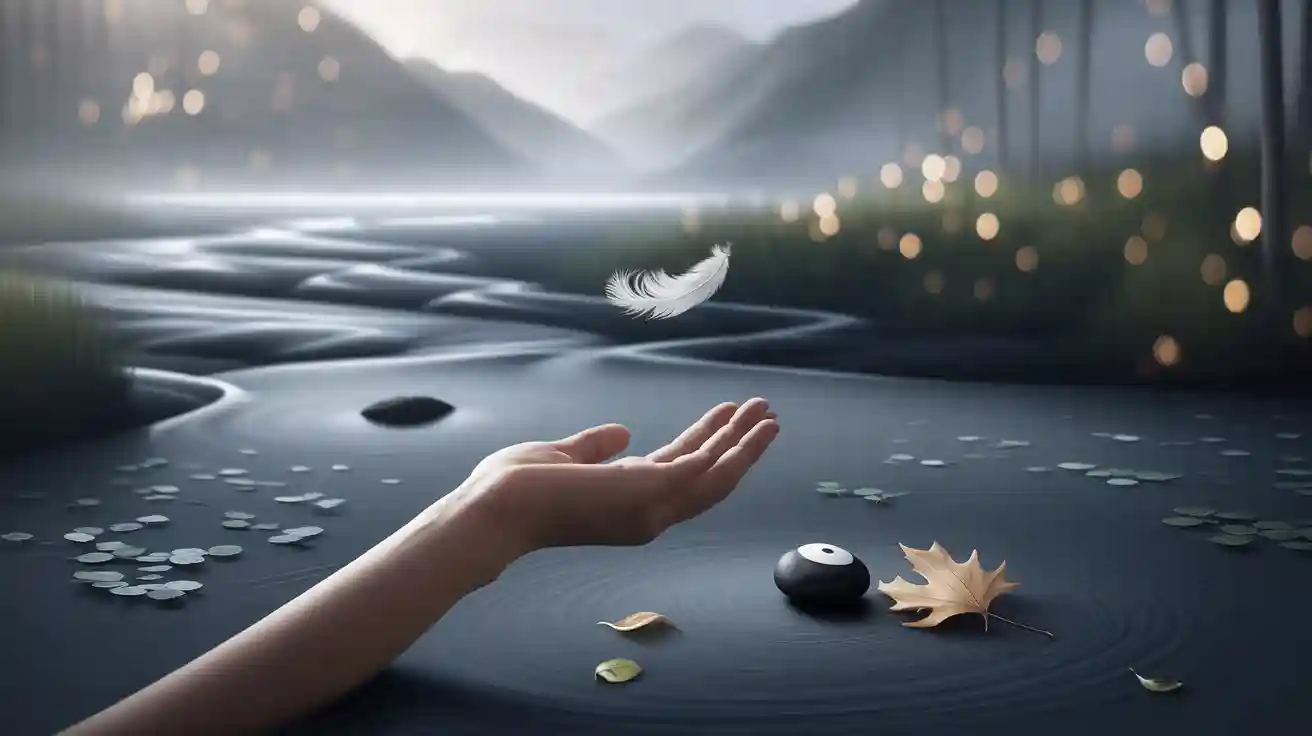
Taoism view death as a natural and inevitable transformation, rather than an end or a form of punishment. According to the Taoism view death, life and death are interconnected phases within a continuous cycle. Death represents a return to nature and a transition into a new state of being. Many Taoists believe the body is merely a temporary vessel, while the spirit continues its journey beyond physical existence. This perspective highlights the ideas of rebirth and inner transformation. Through rituals and meditation, followers embrace the Taoism view death as a kind of awakening. The focus is on achieving harmony with the universe and recognizing that what we perceive as life is ultimately an illusion.
Key Takeaways
Taoism thinks death is a normal and calm change. It is not the end or a punishment. The spirit keeps going after death. It changes and becomes part of the universe. Life and death are linked like yin and yang. They work together to keep nature balanced. Taoist funeral rituals help the soul move forward. They also keep peace between the living and the dead. Taoism says that accepting death brings calm. It helps people live in peace with the world.
Taoism View Death
Natural Transition
Taoism teaches that death is a natural part of life. The taoism view death as a step in the endless cycle of existence. According to the Tao Te Ching, everything in the universe follows the Tao, which is the natural order. Life and death are not separate; they are two sides of the same process. Taoism encourages people to see death as a return to nature, not as something to fear.
Early Taoist traditions describe death as a passage to another dimension. The body stops working, but the spirit continues its journey. Taoist scholars often compare this process to the changing of seasons. Just as winter follows autumn, death follows life. Both are necessary for the cycle to continue. The taoism view death as a transition, not an end.
"Life and death are one thread, the same line viewed from different sides." — Laozi, Tao Te Ching
Taoism also uses stories to explain this idea. In the classical text of Zhuangzi, the main character does not mourn his wife's death. Instead, he accepts it as a natural change. He believes that life and death are both part of the Dao's ongoing transformation. This attitude helps people accept death calmly and live in harmony with the Tao.
Awakening and Transformation
Taoism sees death as more than just a natural event. The taoism view death as a kind of awakening. When a person dies, their spirit moves to a new state. This change is not seen as a loss but as a transformation. Taoist texts describe this process as "dying without perishing." The spirit leaves the body and continues its journey, much like a butterfly emerging from a cocoon.
Some Taoist practices, such as the Shijie or "release from the corpse," show how followers prepare for this transformation. They believe that the body is only a temporary vessel. Through meditation and self-cultivation, a person can refine their spirit. This process is similar to alchemy, where something ordinary becomes something special. Taoism teaches that death allows the spirit to become part of the Tao, the source of all things.
Taoist stories often use simple images to explain this idea. For example, water changes form but never disappears. It can be a river, a cloud, or rain. In the same way, the spirit changes but does not end. The taoism view death as a step toward unity with the Tao. This belief helps people see death as a peaceful and meaningful event.
Afterlife Beliefs
Life After Death
Taoism has its own way of looking at life after death. Followers do not think death is the end or a punishment. They believe afterlife is just a normal part of living. When someone dies, their spirit goes back to the Tao. The Tao is where everything comes from. This return does not mean going to a special heaven or hell. Taoism says life after death is joining the universe again. Some Taoists think the soul moves through different steps. Sometimes, the soul faces judgment for good or bad actions. Others believe the soul simply joins the flow of the universe. The afterlife is not a place. It is a process of returning to the Tao.
Note: Taoism does not want people to fear or wish for death. It teaches people to live in balance with nature. People should accept the afterlife as going back to the Tao.
Taoist funerals show these beliefs. Families burn paper houses, money, and other things. These are meant to help the soul on its journey. These customs show respect for the soul’s trip and help it move on. Taoism says living well matters. Good actions can help the soul after death. Taoism’s idea of life after death is different from other religions. Other religions talk about a set heaven or hell. Taoism sees the afterlife as returning to nature’s order.
Reincarnation
Reincarnation is important in Taoist ideas about the afterlife. Taoism says life and death are part of a cycle. The soul does not stop when someone dies. Instead, it changes and might start a new life. This idea comes from old Chinese beliefs. They thought the soul splits into parts after death. Later, Taoism added more ideas about rebirth from Buddhism.
Old Taoist books do not always talk about reincarnation, but many stories and rituals hint at it.
The soul’s path after death often has steps that lead back to life, showing a cycle instead of an ending.
Taoist funeral customs, like the dusi ceremony, support the idea that the soul moves through stages before coming back to life.
Taoism sees reincarnation as part of the Tao’s never-ending change. The afterlife is not a set place. It is a process of changing. This belief helps people see death as just one step in a bigger cycle. Taoism does not think reincarnation is a prize or a punishment. It is just a normal part of how the universe works.
Immortality
Immortality is very important in Taoist thinking. Many followers want immortality, but not always in the body. Taoism says real immortality means becoming one with the Tao. This spiritual change lets a person live on as part of nature forever. Early Taoists tried to make magic drinks for eternal life. Later, they focused more on meditation and self-improvement.
Historical Figure |
Role/Significance in Taoism |
Association with Immortality |
|---|---|---|
Legendary group showing human ideals |
Stand for the search for immortality and wisdom |
|
Laozi |
Founder of Taoism |
Teaches harmony with Tao leads to spiritual immortality |
Ge Hong |
Taoist scholar and alchemist |
Wrote about immortality and spiritual growth |
Zhang Daoling |
Founder of the Way of the Celestial Masters |
Linked to immortality through good living |
Taoism says anyone can try to reach immortality by working hard and being good. The Eight Immortals were regular people at first. They became immortal by practicing and learning. This idea makes Taoist afterlife beliefs different from other religions. Instead of a set heaven or hell, Taoism gives hope for spiritual change and joining the Tao. The afterlife is a journey toward endless change and peace.
Yin and Yang in Death
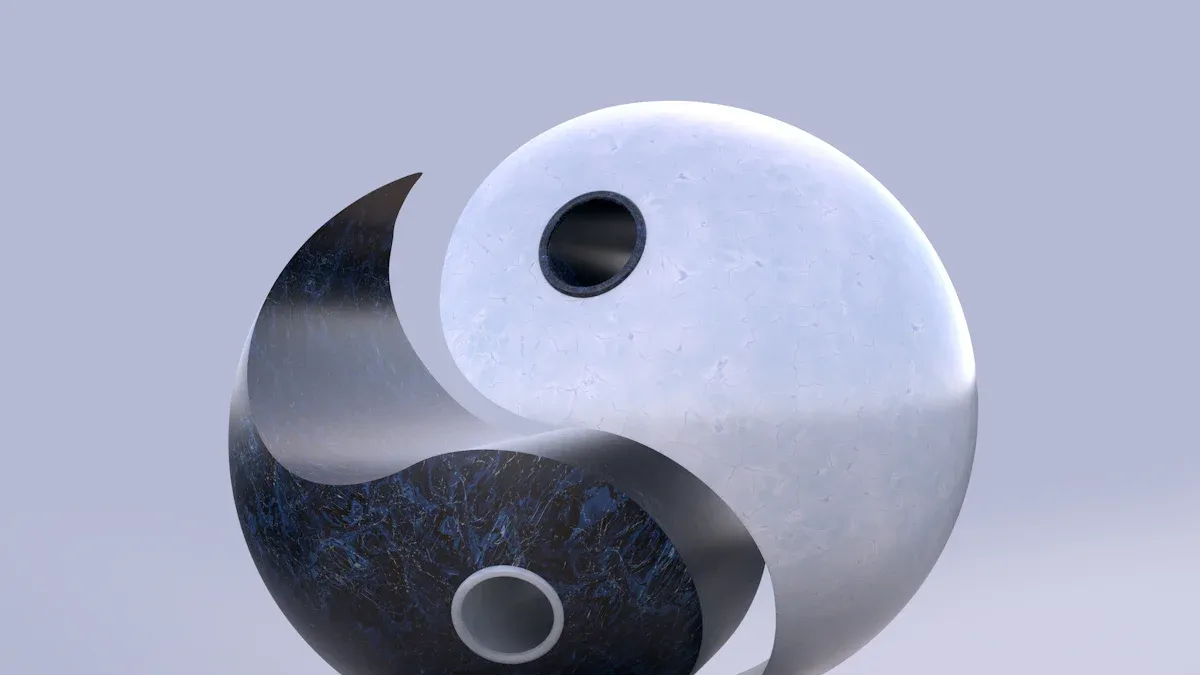
Balance of Life and Death
Taoism explains the cycle of life and death through the idea of yin and yang. These two forces work together and create balance in the world. Yin stands for darkness, stillness, and rest. Yang stands for light, movement, and activity. Both are always present and always changing. Taoist texts like the Huainanzi and Laozi describe life and death as phases within the harmony of yin and yang. This means that death is not an end. It is a natural part of the ongoing flow of energy.
Taoist teachings say that yin and yang are not enemies. Each one contains a part of the other. For example, even in the coldest winter (yin), there is a promise of spring (yang). Life and death depend on each other. They are two sides of the same coin. The Sage in Taoism tries to live in balance with these forces. He accepts both stillness and movement, showing respect for the cycle of life and death.
The yin-yang symbol reminds people that life and death are connected. It shows that change is natural and brings peace.
Harmony with Nature
Taoism teaches that people should live in harmony with nature, including the process of death. The Tao is the natural order of the universe. Everything follows its rhythm, including birth and death. Taoist philosophy encourages people to accept this rhythm without fear. The principle of wu wei, or effortless action, means letting things happen naturally.
Taoist sages often move to quiet places in nature. They do this to understand the flow of life and death.
The metaphor "governing a large state is like boiling a small fish" shows the value of gentle action. It means not forcing things, even when facing death.
Taoism says that accepting the cycle of life and death brings peace. People who follow the Tao do not fight against nature. They see death as a return to the Tao.
Taoism uses these ideas to help people find comfort. By seeing death as part of nature, people can feel calm and balanced.
Taoism Funeral Customs
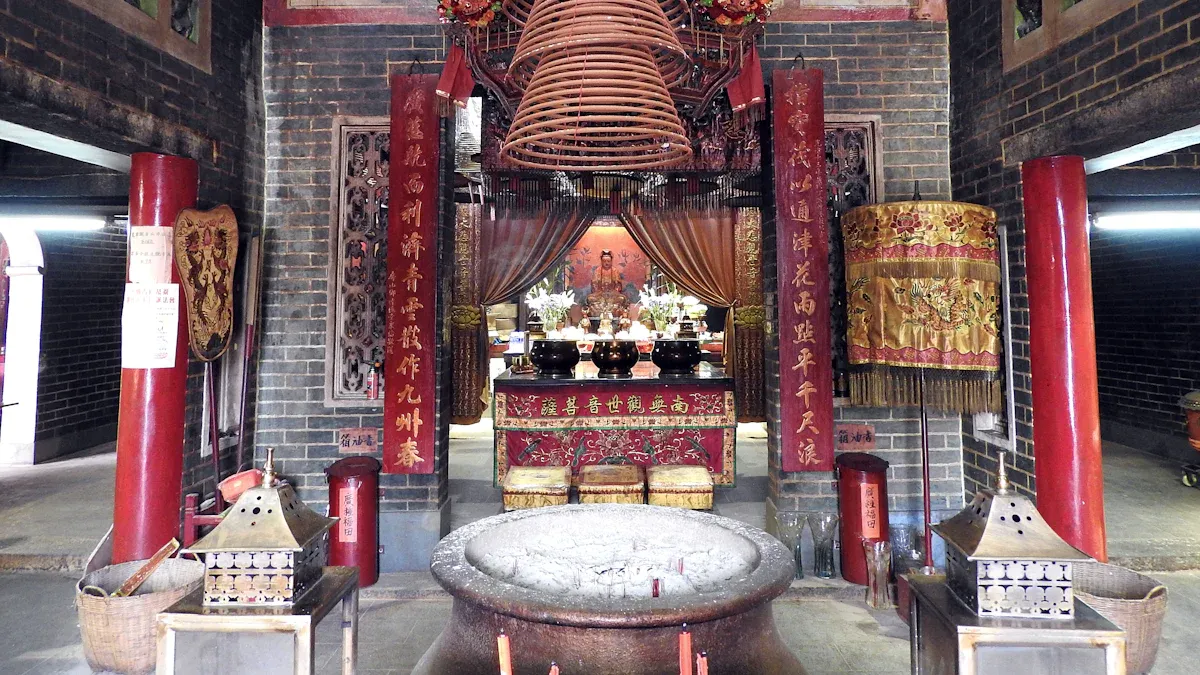
Rituals for the Soul
Taoist funerals show that taoism sees death as peaceful. These rituals help the soul leave the living world and enter the afterlife. The funeral starts with washing and dressing the body in special clothes called longevity attire. This step stands for purity and gets the soul ready to travel. The family puts up an altar with incense, fruit, and things the person liked. Taoist priests lead the event by reading sacred texts, playing music, and doing ritual dances.
Some usual taoist funeral customs are:
Burning joss paper and paper models of houses, money, and clothes to comfort the soul in the afterlife.
Putting talismanic symbols with the body to keep the soul safe.
The "Crossing the Bridge" ceremony helps the soul move safely to the next world.
The "Opening the Way" ritual lets priests ask deities and ancestors to guide the spirit.
Family members wear white mourning clothes, bow, and pray. These actions show respect and help the soul on its journey. The funeral procession is the last goodbye, with music to keep away bad spirits.
Maintaining Harmony
Taoist funeral beliefs try to bring back harmony after someone dies. These practices keep balance between the living, the dead, and the universe. Priests say prayers and do rituals to clear the way for the soul. This makes sure the soul does not stay with the living. The family has a 49-day mourning time, giving prayers and incense every seven days. This tradition helps the soul move on and keeps cosmic order.
Taoist funeral rites use many symbols to protect and honor the soul:
Yellow paper keeps away evil spirits.
Sacred lamps and candles stand for wisdom and cosmic light.
Fruit offerings show the five elements and balance.
Taoism says these customs help the soul and family find peace. By following taoist funeral ways, people show they believe in harmony, balance, and the soul’s journey.
Taoist philosophy says death is a calm change in nature’s cycle. People are taught to see death as part of the Dao’s flow. It is not the final stop. This way of thinking helps people feel peaceful about changes in life.
Many people today use these ideas to help with fears about dying.
Life and death go together as natural pairs. They help keep things balanced and peaceful.
Taoist beliefs still help people accept change, grow, and feel close to the world.
